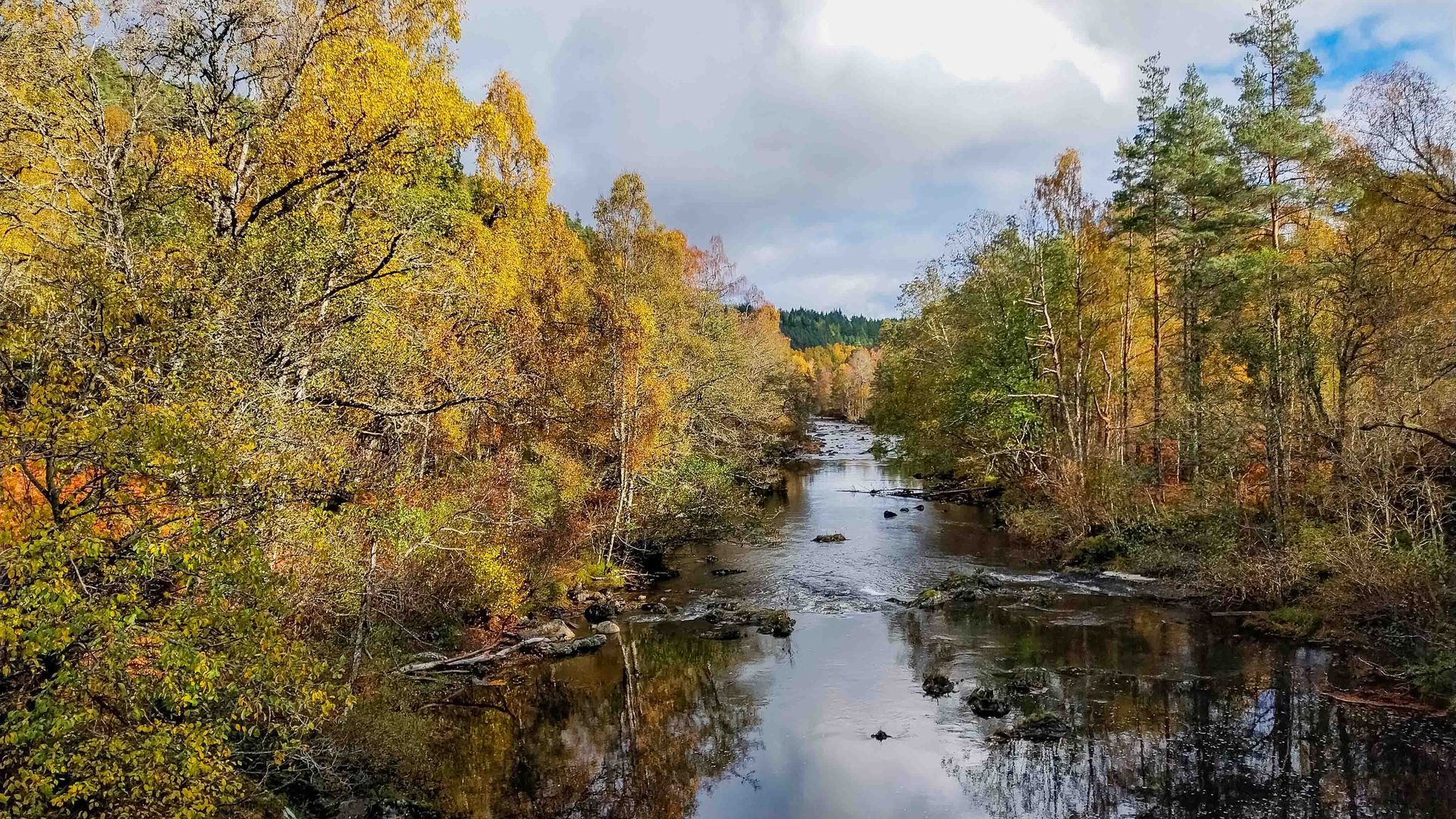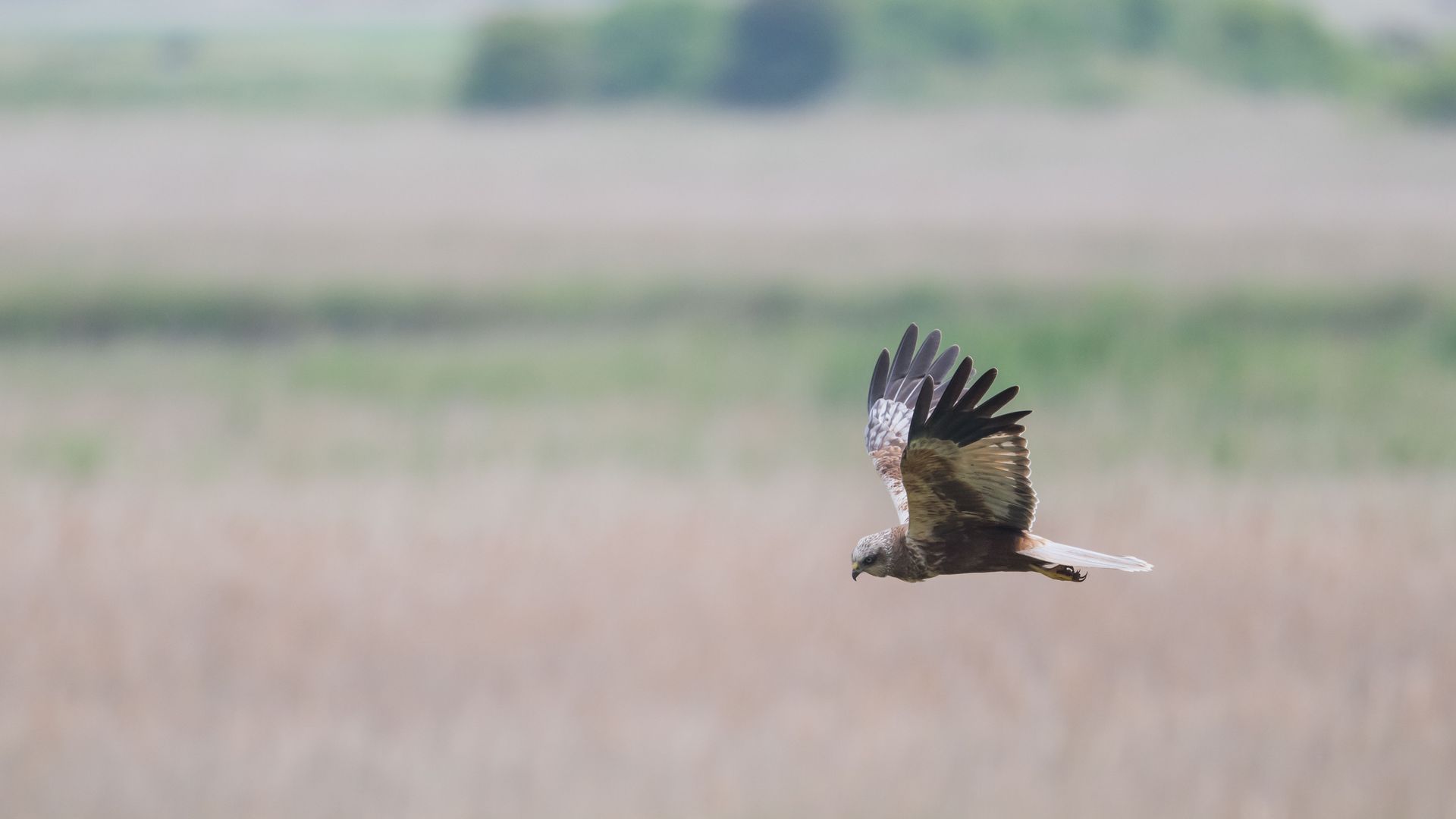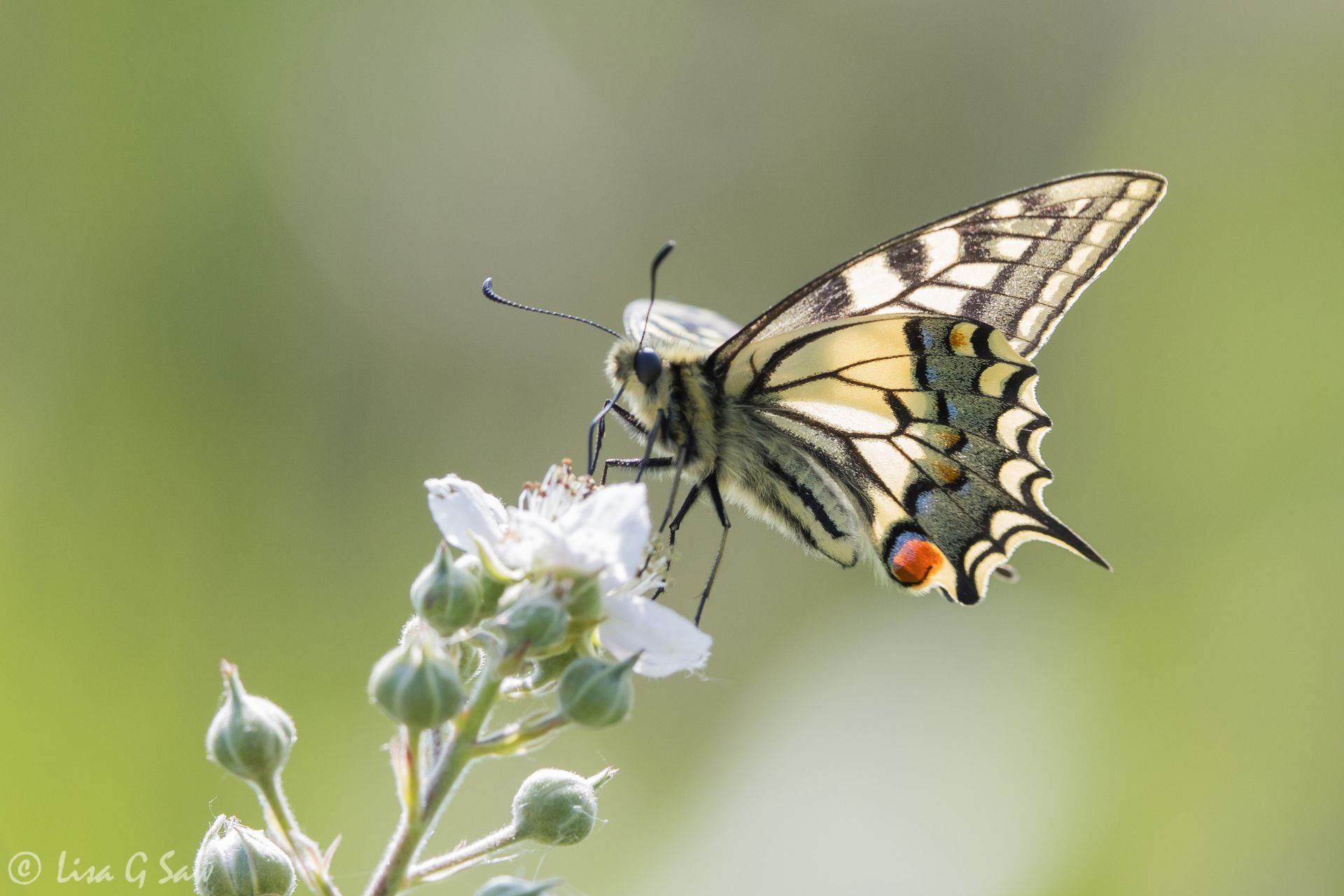The Bird Feeder Show
SWT Woods Mill
After our walk, with little tempting my camera into action, we decide to rest a while in the hide that overlooks the bird feeders. Maybe there’ll be more activity here! We slide along the wooden bench and sit next to a stranger already poised with his camera facing the feeders. Soon, I’m doing the same, excited about what I’ll see. It’s like we’re sitting in the front row at a theatre about to watch a show, only I realise I’ve missed the start, as birds are already coming and going frequently. It’s the last frenzy to feed as the day draws to a close. Much of the scene in front of me is cloaked in shade, at the edge of the woodland. Only small shafts of light still manage to penetrate through the trees. Ever so slowly, these golden pathways change as the sun continually lowers. Even in these last hours of light, there’s much to enjoy.
Now, the Blue Tits on the other hand, I love. Their gorgeous blue and pale yellow colouration and feisty character warms my heart. In a way, they’re like the underdogs when it comes to the hierarchy of the bird feeder. But today they’re faring well. I was hoping to capture a shot of one perched on a branch in the last of the sunlight, rather than on the feeder, but I kept missing them. They’re so quick. The opportunities are fleeting. One time, I stayed focused on one spot in anticipation of a Blue Tit landing there, and for ages none did. I waited and waited. I started thinking, I’m never going to get the shot I want! Briefly, my attention was diverted to a Blue Tit in another good spot. I quickly shifted my focus and just then, it flew to where I had been focused on. Damn! I missed my moment!
I could have watched the Bank Vole for hours. But, it was growing colder by the second as evening approached. We were leaving before the show was over, but felt we’d enjoyed enough of the main event to be ready to depart. There was no big grand finale, but just before we left, we took one last look at the stage and saw a female Mallard hoovering up the leftover seeds.
It was a wonderful way to spend an hour. Nature is the gift that keeps giving!



